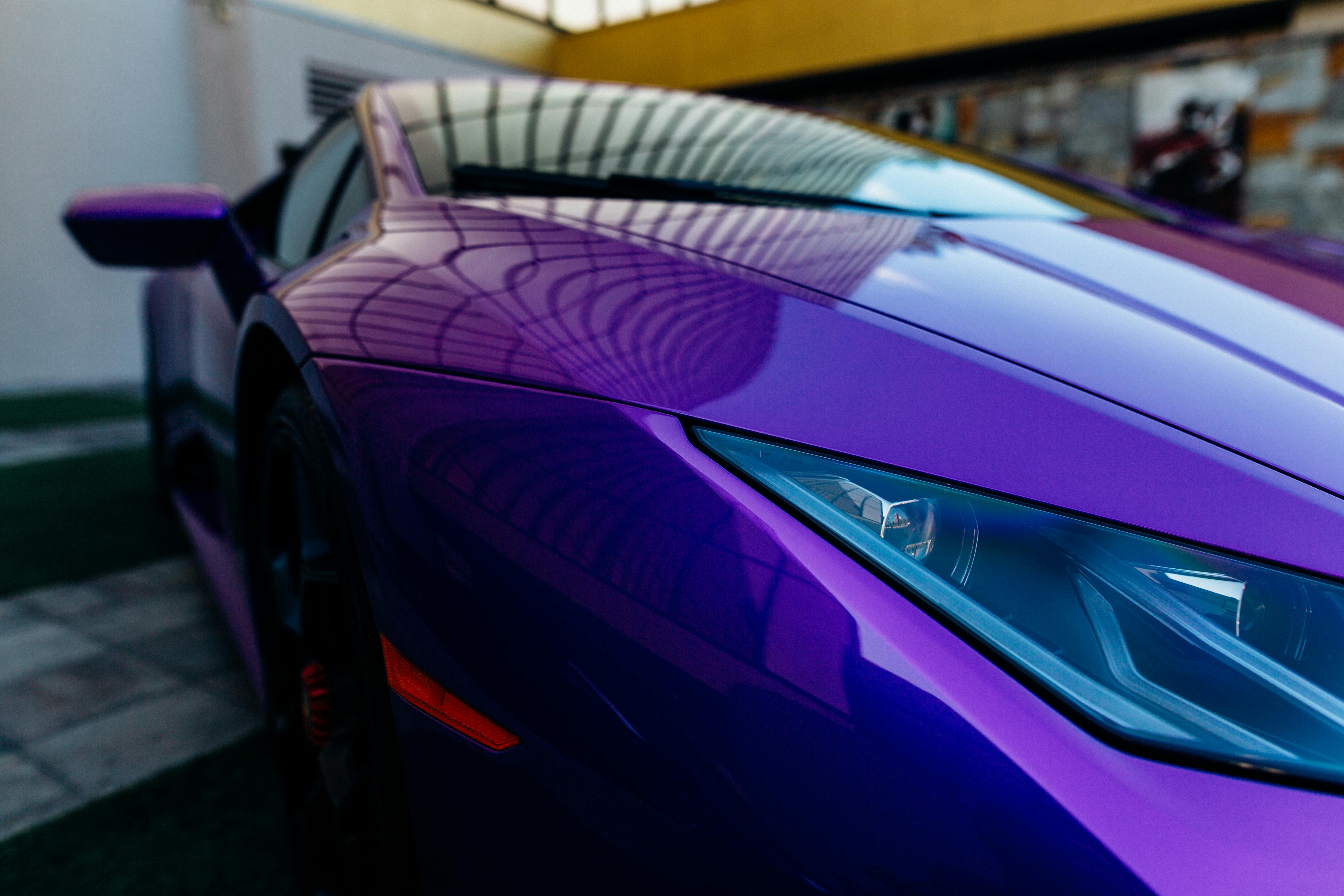
The Classic Muscle Car: A Brief History
Classic muscle car is a term used to refer to a variety of high performance automobiles. However, Merriam-Webster’s definition is more restrictive, “any of a group of American-built 2-door sport coupes with powerful engines designed for performance driving.” This term generally refers to rear-wheel drive two-door midsize cars and sometimes full-size cars equipped with large, powerful V8s, and sold at an affordable price for both formal and casual racing and street use. They are distinct from two-seat sports cars and expensive two-plus-two GTs intended for high-speed racing and touring. Building on the American phenomenon and simultaneously developing in their own markets, muscle cars also emerged in their own way in Australia, South Africa, the United Kingdom, and elsewhere.
According to the June 1967 issue of Road Test magazine, a “muscle car” is “exactly what the name implies.” It’s a manufacture of the American auto industry that adheres to the hot rodder philosophy of taking a small car and putting a BIG engine in it. The Muscle Car is Charles Atlas kicking up sand in the face of the 98 hp (73 kW) wimp. Muscle Cars author Peter Henshaw says the muscle car was designed for straight-line speed and did not have the “sophisticated chassis,” “engineering integrity” or “agile good looks” of European high-performance cars. performance. However, there are mixed opinions as to whether full-size, compact, and high-performance pony cars qualify as muscle cars.
Manufacturers have showcased high-performance hardware in limited-edition models. Chrysler led the way with an inspired combination of Hemi power and luxury car trim that quickly became the new star of NASCAR. At 300 horsepower, it was rightly advertised as ‘America’s Most Powerful Car’. Capable of accelerating from 0 to 60 mph (97 km/h) in 9.8 seconds and reaching 130 miles per hour, the 1955 Chrysler 300 is also recognized as one of the best-handling cars of its day. Later, in the next two years, “Rambler Rebel” was the fastest production American sedan, according to Motor Trend.
Muscle cars drew young customers with their parents to showrooms and bought the standard editions of these midsize cars. To develop the “halo” effect of these models, manufacturers modified some of them into turnkey drag racers.